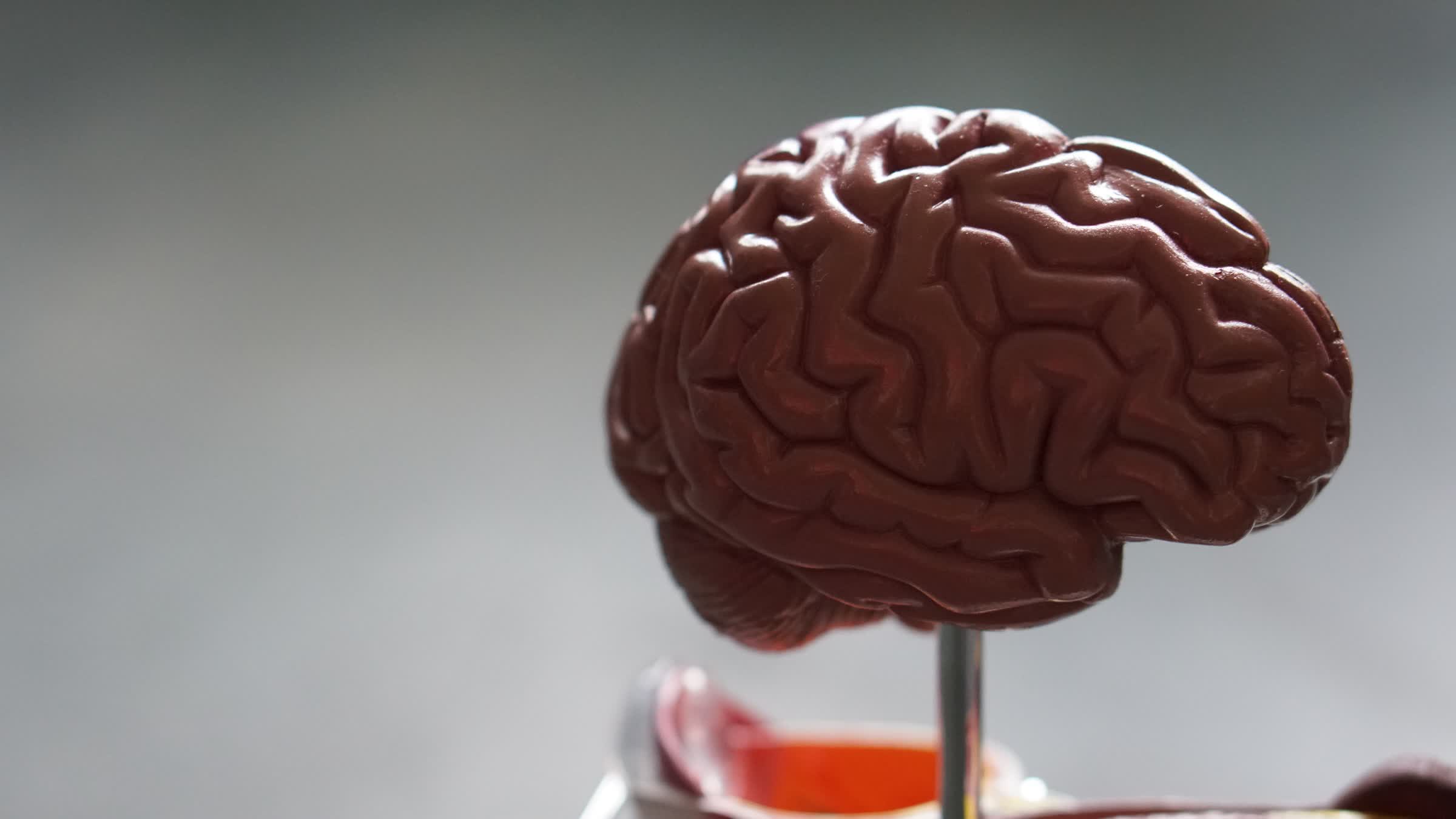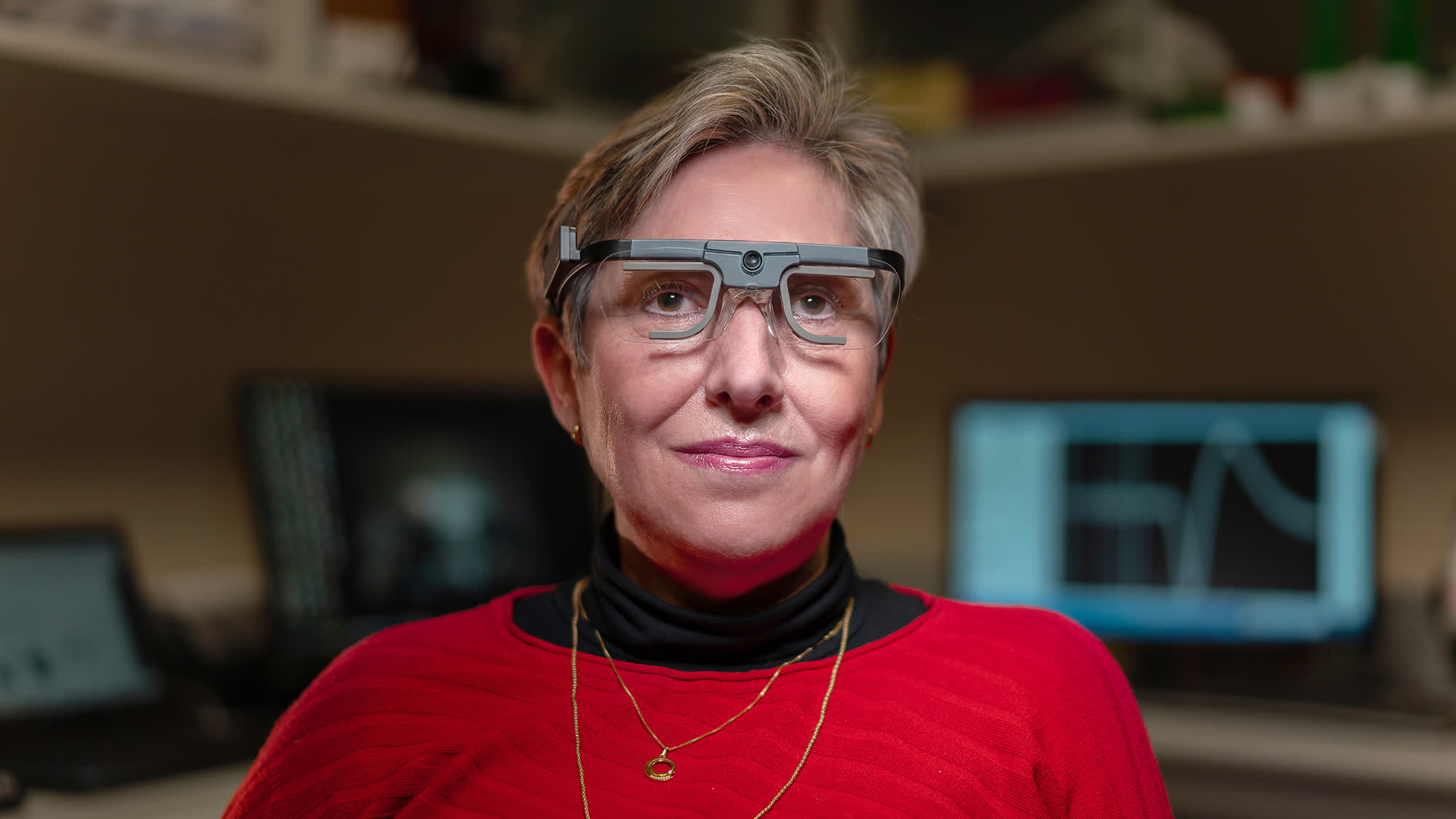Through the looking glass: A Spanish woman lost her vision due to a rapidly progressing condition affecting her optic nerves. With the help of researchers and a small electrode implanted in her visual cortex, she has taken the first steps toward restoring her vision... without using her eyes.

Berna Gomez's world was turned upside down when she was diagnosed with toxic optic neuropathy at age 42. The rapidly progressing disease deteriorated the Spanish science teacher's optic nerves and rendered her blind in a matter of days. Thanks to researchers from the University of Utah and Miguel Hernandez University in Spain, Gomez may now have a chance at restoring her functional vision.
The breakthrough was achieved using an implant known as the Moran|Cortivis Prosthesis. The device, which consists of 96 individual electrodes, is implanted directly in the patient's visual cortex. Once in place, the implant's electrodes can be stimulated in specific combinations to deliver "images" directly to the patient's mind.
According to the Journal of Clinical Investigation, the implant has successfully presented images ranging from spots of light and horizontal lines to some uppercase and lowercase letters.

The achievement is a huge step forward in the quest to restore vision. Unlike retinal implants, this specific advancement completely bypasses the recipient's optic nerve and delivers information directly to the brain's vision center. This direct stimulation provides the potential to deliver images to patients despite any conditions preventing their optic nerve from communicating with their brain.
The silicon-based microelectrode, known as the Utah Electrode Array, is not new technology. The roughly 4mm device's history stretches as far back as 2006, where it was the subject of a Defense Advanced Research Projects Agency (DARPA) collaboration with University of Utah researchers.
The study focused on developing and evaluating a peripheral nerve interface that would allow artificial limbs to move using only thought. In 2019 the University's biomedical engineering team successfully used the array in conjunction with a prosthetic arm to provide a patient with "feeling" via an artificial limb.
Image credit: Human brain from Robina Weermeijer, Berna Gomez from Moran Eye Center